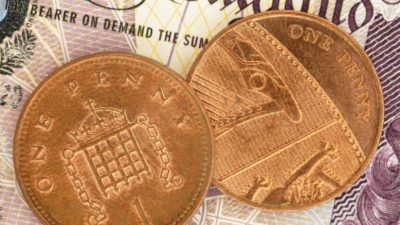BP (LSE: BP) was the first of the UK’s big oil group to report second-quarter results today, and the company’s figures came in below expectations.
Statutory loss
BP reported a statutory loss of $5.8bn for the quarter, after accounting for its Gulf of Mexico disaster bills. The company took a charge of $9.8bn related to the spill, following the $18.7bn settlement it reached with the US government earlier this month.
Underlying replacement cost profits, the preferred measure of profitability in the oil industry, which strips out one-time items, fell 64% to $1.3bn, from $3.6bn as reported in the year-ago period.
A number of factors were to blame for BP’s poor performance, including low oil prices, lower earnings from the company’s Rosneft holding and political instability in Libya.
However, while the company’s oil production (upstream) business grapples with low oil prices, BP’s refining, and marketing arm (downstream) has been taking up the slack.
Profits at BP’s downstream trading division declined by more than 10% to $1.9bn during the second quarter as there was less opportunity to profit from storing oil and selling it forwards. That said, BP’s downstream refining arm helped fill the void as European refining margins have risen five-fold during the past six months. The group’s downstream business reported a 154% jump in profits.
Upstream profits fell by more than 80% to $494m, from the $4.7bn reported last year as the low price of oil has continued to wreak havoc with BP’s operations. The company cut capital expenditure during the second quarter by $700m to $4.7bn. Production increased by 0.3% during the quarter to 2.1m barrels of oil equivalent a day.
Restructuring
BP is trying to restructure its operations to cope with the current oil price environment. Today the company announced that it was increasing a restructuring charge to pay for job losses, announced late last year, from $1bn to $1.5bn.
What’s more, the group has revealed that it has already agreed $7.4bn of asset sales this year, which puts it on course to meet the targeted $10bn divestment target by the end of this year.
And aside from the statutory reported loss, which should have been expected, BP’s results were relatively impressive, considering the state of the oil industry at present.
Indeed, even though BP’s upstream profits fell by more than 80%, the group’s downstream arm helped take up the slack, showing the resilience of big oils integrated business model.
After stripping out non-cash charges, BP generated $6.3bn in cash from operations during the second quarter, down only 20% year-on-year. Further, cash costs are falling, down by around $1.7bn per annum compared to last year.
These cost-cutting efforts suggest that BP is positioning itself to recovery rapidly when the price of oil starts to rebound. Nevertheless, it might be some time before oil mounts a recovery, and BP’s investors could have a long wait ahead.
Still, the company’s dividend yield, which currently stands at 6.5% looks safe for the time being as BP has plenty of cash on hand to maintain the payout.






